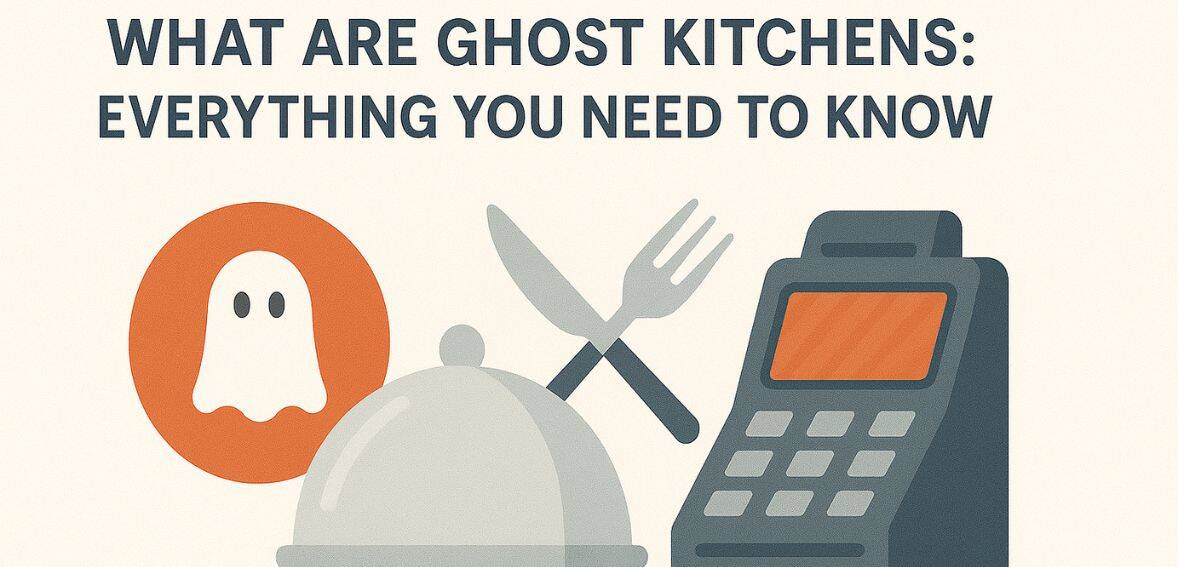
What Are Ghost Kitchens: Everything You Need to Know
Ghost kitchens have completely reshaped how restaurants operate. In today’s fast-paced food world, they’ve become a clever way to meet the growing appetite for convenience and speed. Ghost kitchens, also referred to as cloud kitchens or virtual kitchens, operate without conventional dine-in areas and concentrate only on food preparation and delivery.
Unlike traditional eateries that rely on foot traffic and ambiance, ghost kitchens lean entirely on digital engagement, logistics, and operational agility. This model was created to meet the demands of the digital age of dining, where consumers prioritize speed, ease, and online visibility.
As third-party delivery apps and online ordering become more commonplace, ghost kitchens provide a scalable and affordable option for both established brands and culinary entrepreneurs who want to experiment, pivot quickly, or reach untapped markets with minimal financial risk.
The Origins and Evolution of Ghost Kitchens
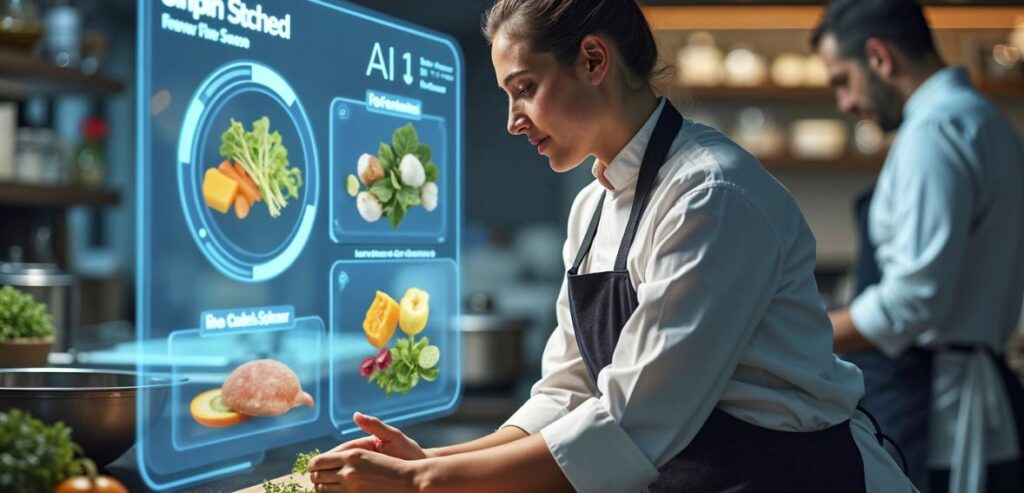
In the beginning, ghost kitchens were created in reaction to the rapidly expanding food delivery services, shifting consumer habits, and growing rental prices. As city rents skyrocketed and wages climbed, many restaurant owners started asking: how can we keep up? That’s when ghost kitchens began gaining traction.
When lockdowns during the COVID-19 pandemic forced restaurants to change their business models, the idea gained popularity. The traditional setup no longer made economic sense In an environment where people were largely dining from the safety of their homes.
In order to reduce overhead and still serve a large number of patrons, restaurateurs decided to operate out of centralized kitchens without a front-of-house. Large corporations started to invest in these setups, resulting in the emergence of a fresh market segment dedicated solely to delivery-first food services.
This change marked not just a temporary pivot, but a larger industry shift toward leaner, tech-driven food operations that prioritize accessibility over atmosphere.
How Ghost Kitchens Operate
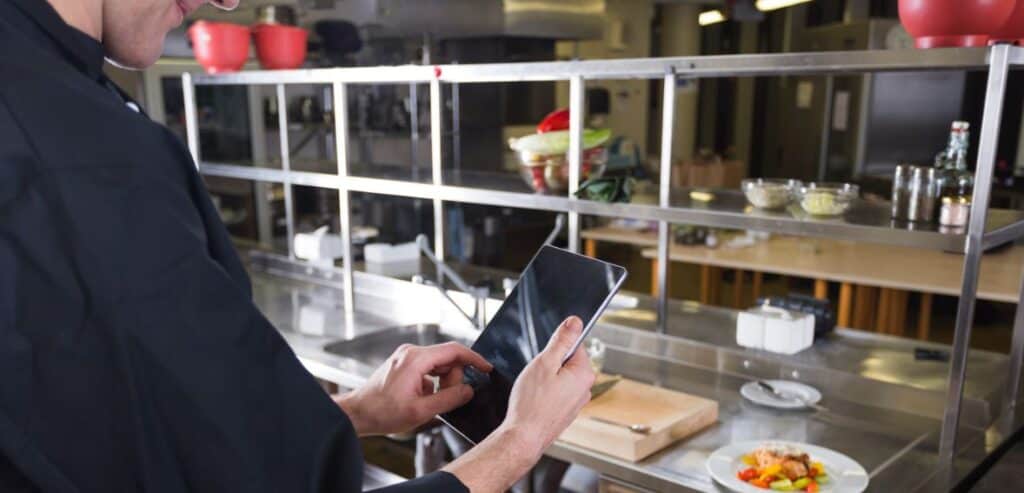
Ghost kitchens are exclusively used for off-premise dining, in contrast to regular restaurants. Online ordering is done via third-party platforms like Grubhub, DoorDash, or Uber Eats, or through proprietary apps—check out these Grubhub insights to better understand how restaurants can maximize delivery performance. These spaces are designed with one goal in mind: getting great food out fast. Clean, efficient, and focused—everything works together to make sure meals arrive just right and on time.
After being prepared in a commercial-grade, efficient kitchen, the meals are then given to delivery drivers. In order to maximize efficiency, some ghost kitchens use shared space and labor to house several brands or menus in one location. Others are strategically placed near densely populated neighborhoods or business districts to minimize delivery times.
With an emphasis on high-output workflows, digital order tracking, and fulfillment logistics, the physical space is designed for production rather than ambience. Every square foot is optimized for function, not form.
Who Uses Ghost Kitchens and Why
A wide variety of food operators are served by ghost kitchens. They can be used by independent chefs to introduce new brands without having to make a significant upfront investment. For example , a small-scale baker could launch a specialty dessert brand in a major city without leasing a storefront.
Big-name restaurant chains often turn to ghost kitchens when they want to grow without building another sit-down spot. Even influencers and celebrities have started starting virtual food brands, using ghost kitchens to spread their ideas across the country or the world.
The flexibility, financial savings, and unrestricted customer reach are what make it appealing. It enables experimentation with minimal consequences, allowing operators to pivot quickly if a concept doesn’t perform as expected. In an era when customer preferences can shift overnight, this level of flexibility is invaluable.
Technology at the Heart of Ghost Kitchens
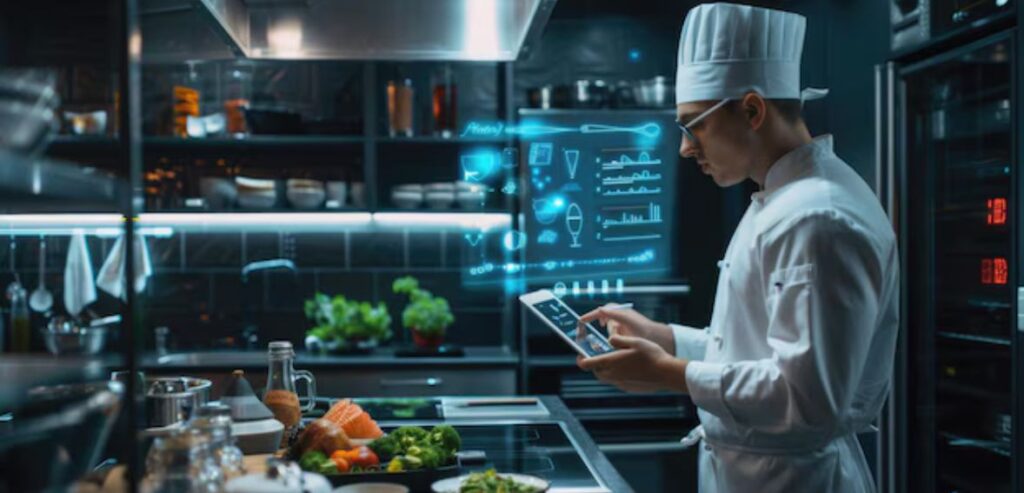
The functioning of ghost kitchens depends heavily on digital infrastructure. Customer service is improved and kitchen operations are streamlined with the use of order management systems, POS integrations, data analytics tools, and emerging AI restaurant tools that optimize workflows and predict demand.
Real-time monitoring of sales, delivery schedules, and customer feedback is made possible by centralized platforms. Some systems even offer integration across multiple delivery channels, so restaurants can control menus, pricing, and availability from one dashboard. Some smart kitchen tools even track inventory and help avoid waste by predicting which ingredients will be in demand. Predictive analytics, for example, allow kitchens to staff appropriately for peak delivery times or adjust stock levels to avoid shortages or spoilage.
Ghost kitchens are not only supported by technology; it also makes it possible for them to function as responsive, scalable businesses in a fiercely competitive industry. Without a robust tech backbone, these operations would struggle to meet the speed and accuracy demanded by modern consumers.
Legal and Regulatory Considerations
The ghost kitchen model is being investigated by the government and the courts as it gains popularity. Because not all locations allow the commercial production of food in non-retail settings, zoning regulations must be carefully followed. Because there is no area where customers can interact, health department approvals are necessary and frequently stricter. Since every city has its own rules about food prep and delivery, staying on top of the paperwork can be tricky.
Furthermore, compared to conventional restaurants, ghost kitchens might need different insurance coverage, especially when it comes to liabilities in food delivery. Being proactive when it comes to legal issues guarantees continuous operations and increases trust with regulators and customers.
Challenges Faced by Ghost Kitchens
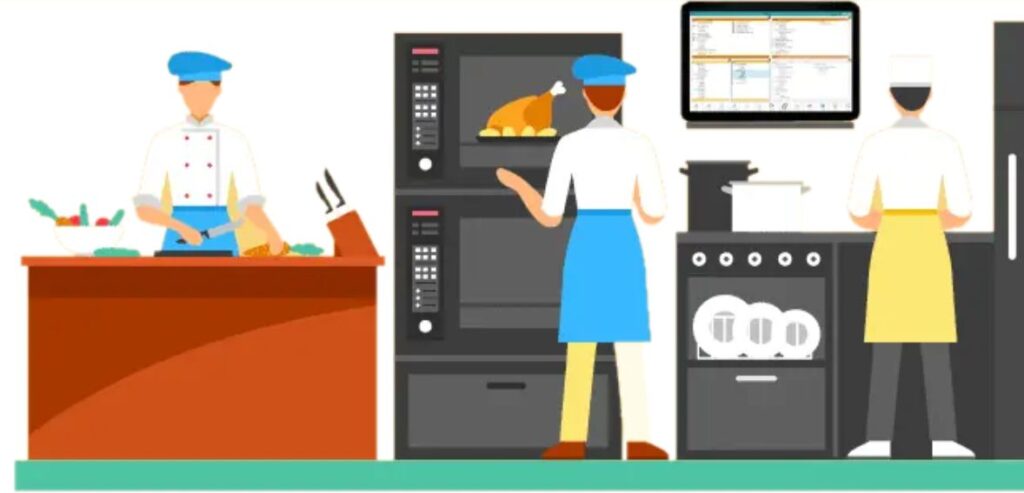
Ghost kitchens present special operational challenges despite their increasing popularity. Since there is no physical storefront to attract walk-in traffic, brand visibility is a big concern. Unlike a traditional restaurant, where location can generate passive interest, a ghost kitchen must work aggressively to stand out in a crowded digital marketplace.
For these businesses to succeed, their digital presence and online reviews are crucial. Having several brands under one roof can put a strain on the technology and kitchen staff, which can result in inconsistent or slower preparation times. Cross-contamination, quality control, and order routing complexities may arise when managing multiple menus simultaneously.
Moreover, using third-party delivery apps reduces margins and hinders the development of customer relationships. These businesses walk a tightrope. Customers expect the same quality they’d get from a restaurant—but if the food’s cold or late, you can bet they’ll hear about it in a bad review. A single bad review or late order can significantly damage reputation when your entire business exists online.
Scaling and Expansion Strategies
Because ghost kitchens are low-cost and modular, they can be quickly expanded. By starting multiple virtual brands out of a single kitchen or adding more kitchen locations in underserved delivery zones. One kitchen might serve up burgers under one brand and vegan bowls under another—helping owners try new ideas without opening more locations.
Additionally, ghost kitchen franchising models are starting to appear, enabling culinary entrepreneurs to effectively license and implement ideas. This model offers a low-barrier entry point for aspiring restaurateurs. When planning an expansion, demographic and geographic data are essential because they enable brands to determine the most promising regions based on delivery coverage and online ordering trends.
Because of their agility, ghost kitchens are perfect for seasonal promotions and A/B menu testing. A new item can be added, priced differently, or advertised to a subset of customers with immediate feedback—something traditional restaurant models struggle to do quickly.
The Role of Branding in a Digital-Only Model

Virtually all branding in the ghost kitchen industry takes place online. Without a physical location, the main points of contact with customers are social media campaigns, app visuals, packaging, and logos. A clever name, visually appealing logo, and a memorable tagline can do as much for a ghost kitchen as a prime location does for a traditional restaurant.
In a competitive delivery market, distinctive offerings and customer loyalty are enhanced by consistent and imaginative branding. Some ghost kitchens go viral thanks to cool TikTok videos or shoutouts from influencers. Others build buzz with fun packaging or quirky names that people love sharing online. Some even create fictional backstories or character mascots to build emotional connections with customers.
To show up in search results and app suggestions, online advertisements and SEO optimization are also essential. Building a perceived value that converts into digital orders is the goal of branding, not merely recognition. Every piece of content should guide the customer toward trust and craving.
Future Outlook and Industry Impact
Ghost kitchens are probably not going to be a short-term solution to pandemic disruptions, but rather a long-term part of the foodservice ecosystem. If today’s trends keep up, food made just for delivery could become the new normal. Who knows—your next favorite meal might come from a kitchen that doesn’t even have tables. Robotics, drone deliveries, and food technology advancements could further simplify the ghost kitchen concept, cutting expenses and increasing efficiency.
By partnering with ghost kitchen providers or establishing their own virtual brands, traditional restaurants are also adjusting. Beyond just food, the long-term effects point to a larger change in the way the retail and service sectors value digital experiences over physical presence.
Conclusion
One of the biggest changes to the culinary landscape is the emergence of ghost kitchens. They provide a flexible and data-driven method of satisfying contemporary customer demands by eliminating the constraints of physical space and concentrating solely on delivery.
Their scalability and tech-enabled infrastructure make them perfect for the present and future dining economy, despite the operational and regulatory challenges they bring. As customer expectations evolve, businesses that can respond with speed, customization, and consistency will lead the pack.
In an increasingly digital world, ghost kitchens offer a feasible route to innovation and expansion, regardless of whether you’re a food entrepreneur seeking to introduce a new idea or an established brand seeking operational efficiency. Ghost kitchens aren’t just a clever workaround—they’re a glimpse into what tomorrow’s food scene might look like. For anyone willing to think outside the box, the kitchen of the future might not have walls at all.